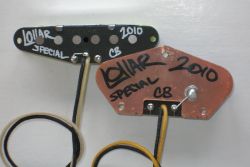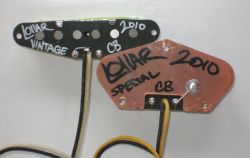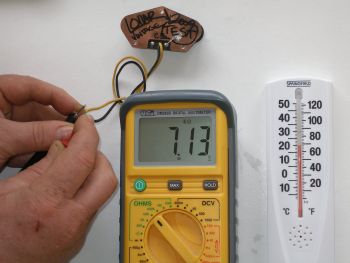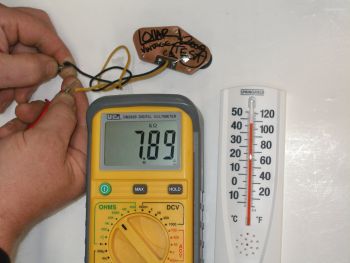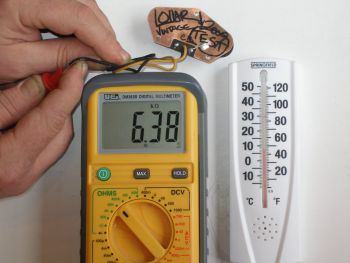This article is third in a series of discussions about best selling Lollar pickups. This session will feature our best selling Lollar P-90 style pickups.
Lollar P-90 Pickups:
The Lollar P-90 is really the “flagship” Lollar pickup, and is often considered “the” pickup that began to draw customers’ attention to Lollar pickups.
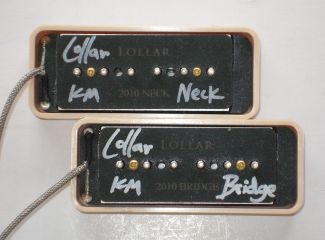
Our best selling P-90 is the standard wind soapbar style pickup. In fact, we sell over twice as many of this particular model of P-90 than all of our other p-90 pickups combined. That includes all of the other soapbar and dogear models that make up our entire list of P-90 stock models.
Many of the builders we work with install the Lollar standard wind P-90 soapbar sets. Some of these builders include Collings, Godin, Heritage, and National Resophonic.
In fact, as an historical tidbit, it was National Resophonic that was the first established guitar builder that purchased a small run of Lollar P-90 soapbar pickups for use in one of their electric instruments. Since that original purchase in 2002, the Lollar P-90 soapbar has continued to be original equipment on the National Resophonic “Resoelectric” guitar.
For more specific information on our standard P-90 follow this link to Lollar P-90 pickups. And, as we’ve mentioned before, there is really no “wrong” answer when making your individual pickup choice. Each model of Lollar pickups has its own unique advantages. Our best advice is to decide what you’d like to accomplish for the specific project or instrument you are working on, and then base your decision on what’s right for you.
Next week’s discussion about best selling Lollar pickups will focus on best selling Lollar humbuckers.
